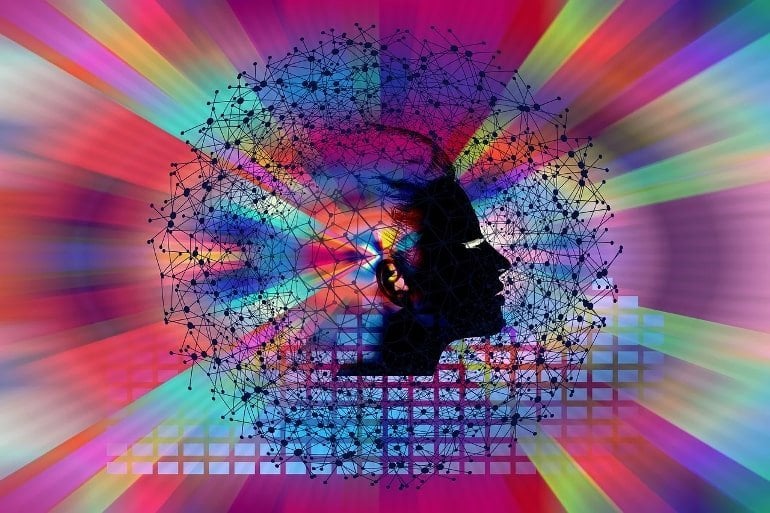Summary: The ventral striatum plays a crucial role when it comes to choices about future pain versus future profit.
Source: McGill University
Imagine having to choose over and over between what you enjoy doing and the pain that it might cause you, whether physical or emotional. If you live with conditions such as depression, anxiety, or chronic pain, you are probably familiar with making these difficult choices on a daily or weekly basis. But surprisingly little is known about which areas of the brain are involved in decisions of this kind.
In a recent article in Proceedings of the National Academy of Sciences, McGill University researchers show that the ventral striatum plays a crucial role when it comes to choices about future pain versus future profit. Interestingly, this brain region has already been identified as being involved in motivation and rewards, but it has not been associated with pain until now. This discovery could advance treatments for a range of disorders that are characterized by excessive avoidance.
To see which areas of the brain were activated during decisions about future pain and profit, participants in the recent study were asked to make choices, very quickly, that involved a certain (random) amount of pain in exchange for a certain (random) amount of profit—or vice versa.
Watching the brain making choices
As participants were asked to choose repeatedly (there were 100 trials) between succeeding offers of pain or profit, the researchers used brain scans to monitor areas of cerebral activity. They discovered that, although many different areas of the brain were associated with future pain or money offers, there was one particular region, the ventral striatum, that systematically activated or deactivated as a function of future pain or rewards.

By using machine-learning algorithms, the researchers were able to identify patterns of brain activity that allowed them not only to predict the levels of pain and reward on offer, but also whether or not the participants would accept or reject these offers. They were, in effect, watching the brain making decisions between future pain and profit.
“It was almost like seeing a dimmer switch moving up or down, depending on whether pain or profit was on offer,” said Mathieu Roy, an Associate Professor in McGill’s Psychology Department and the senior author on the paper.
“We found that when money was on offer, as expected, activity in the ventral striatum increased. But what was interesting was that activity in the same area of the brain decreased in proportion to the pain on offer. This suggests that there is a shared representation of pain and profit in the ventral striatum, almost a common currency involved in making decisions where you need to compare the two.”
About this neuroscience research news
Author: Press Office
Source: McGill University
Contact: Press Office – McGill University
Image: The image is in the public domain
Original Research: Closed access.
“The neural signature of the decision value of future pain” by Michel-Pierre Coll et al. PNAS
Abstract
The neural signature of the decision value of future pain
Pain is a primary driver of action. We often must voluntarily accept pain to gain rewards. Conversely, we may sometimes forego potential rewards to avoid associated pain.
In this study, we investigated how the brain represents the decision value of future pain. Participants (n = 57) performed an economic decision task, choosing to accept or reject offers combining various amounts of pain and money presented visually. Functional MRI (fMRI) was used to measure brain activity throughout the decision-making process.
Using multivariate pattern analyses, we identified a distributed neural representation predicting the intensity of the potential future pain in each decision and participants’ decisions to accept or avoid pain. This neural representation of the decision value of future pain included negative weights located in areas related to the valuation of rewards and positive weights in regions associated with saliency, negative affect, executive control, and goal-directed action.
We further compared this representation to future monetary rewards, physical pain, and aversive pictures and found that the representation of future pain overlaps with that of aversive pictures but is distinct from experienced pain.
Altogether, the findings of this study provide insights on the valuation processes of future pain and have broad potential implications for our understanding of disorders characterized by difficulties in balancing potential threats and rewards.






